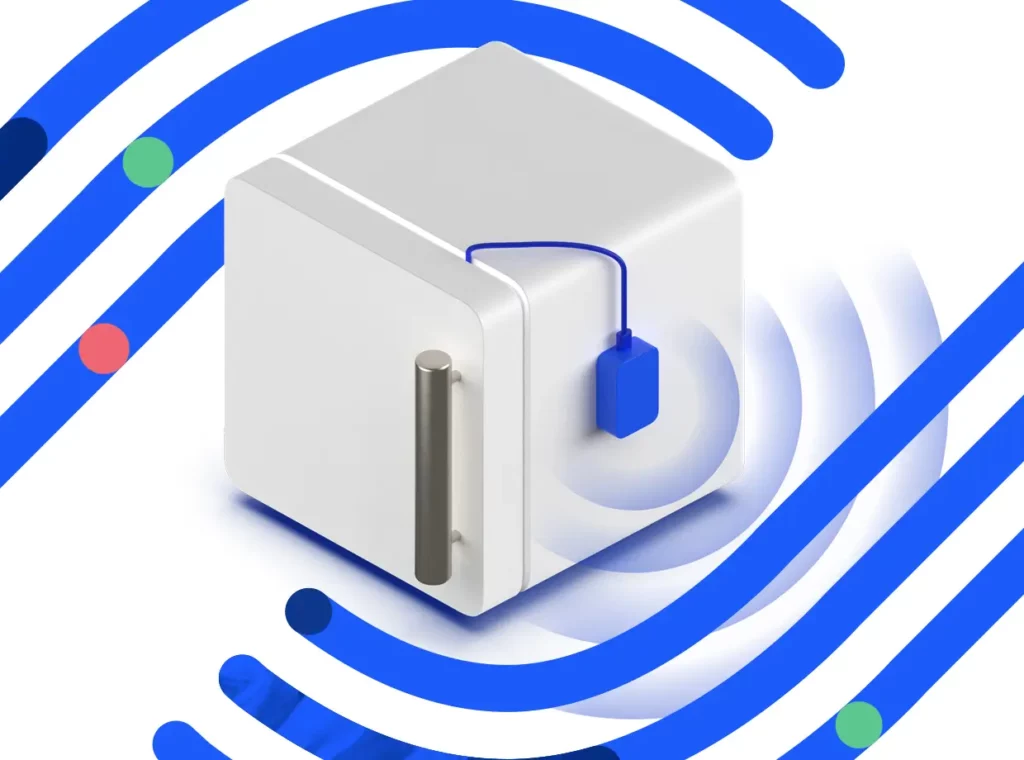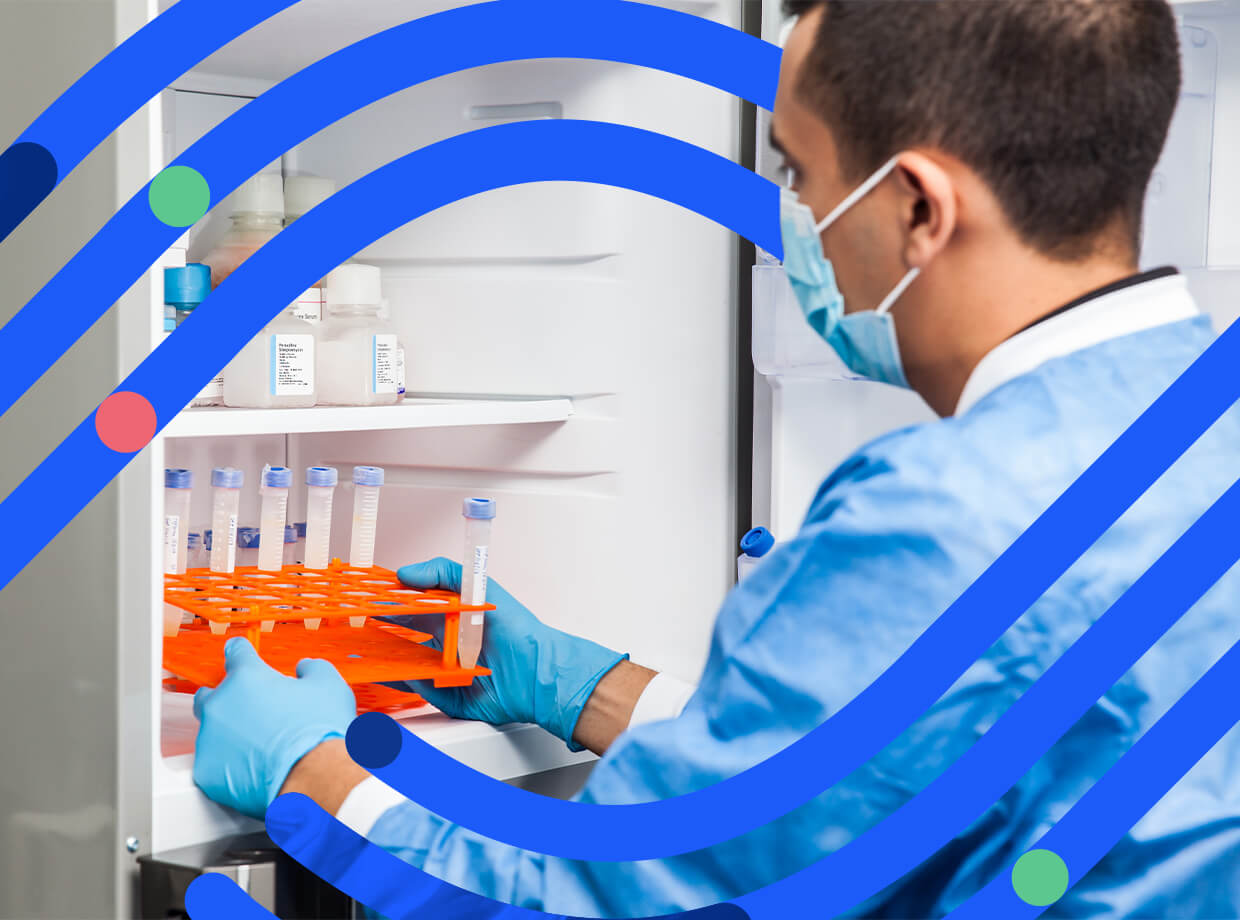Ensuring Optimal Performance and Safety With Advanced Freezer Monitoring
Reliable cold storage is critical for sample integrity monitoring of biological samples, pharmaceuticals, and other temperature-sensitive materials. Without proper cold-chain monitoring for samples, deviations in storage conditions can lead to compromised quality, safety, and significant financial losses. Our cold storage monitoring technology provides unparalleled data accuracy, equipment reliability, and peace of mind. Plus, with Floorplan visualization, you can monitor freezer status and alerts directly on an interactive map of your facility, making it easier to pinpoint issues and optimize operations. With a focus on flexibility, ease of installation, and advanced data analytics — including artificial intelligence (AI) — our systems secure your valuable assets 24/7.

Cold Storage Monitoring Technology to Safeguard Your Science
Reliable cold storage is critical for maintaining the integrity of biological samples, pharmaceuticals, and other temperature-sensitive materials. Deviations in storage conditions can lead to compromised quality, safety, and significant financial losses.
From -80° ultra-low temperature (ULT) freezers to -20° units, our system:
Features of Freezer Solutions
Our IoT-enabled cold storage monitoring hardware and software solutions offer key benefits that are tailored to the unique needs of life sciences operations:
-
Ease of installation
Battery-powered devices require no complex construction or ethernet connections, allowing for rapid deployment and minimal disruption
-
Thinnest thermocouples
Our ultra-thin thermocouples can be easily placed out of the way, reducing the risk of damage or faulty readings
-
Frequent data readings
A sample rate of 15 seconds quickly detects and responds to temperature fluctuations, including “door open” events
-
Context-sensitive alerts
Receive tailored alerts that provide actionable insights, enabling you to address issues promptly and maintain optimal cold storage conditions
-
Freezer Health Score
Our AI-Powered Health Score provides assessments of your freezer’s health and performance, diagnosing issues before they escalate and guiding preventive maintenance needs like frost buildup
-
Temperature mapping
Guarantee proper storage conditions for sensitive materials with precise temperature mapping; seamlessly integrated with any new fridge or freezer equipped with an Element-T and supported by expert analysis, temperature mapping helps you meet compliance requirements and optimize equipment stability
Comprehensive Monitoring Capabilities
Our cold storage temperature monitoring system offers extensive capabilities:
-
Real-time monitoring
Continuous tracking of air temperature, sample temperature, door open events, and critical operating parameters such as compressor performance or the need for preventative maintenance activities
-
Historical data analysis
Analyze historical data to identify trends and optimize storage conditions
-
Remote access
Manage storage conditions from anywhere with our cloud-based platform. With our mobile app, you can stay informed whether you are at work or at home
-
Regulatory compliance
Ensure compliance with industry regulations through accurate and detailed reporting
Tailored Solutions for Your Unique Needs
Every life sciences operation is unique, and so are your cold storage requirements. Whether you’re managing a small research lab or a large manufacturing facility, our team works closely with you to design and implement a customized solution that matches your exact needs:
-
Custom integration plans
Develop integration strategies tailored to your operational environment
-
Scalable systems
Our solutions grow with your business, ensuring long-term reliability and scalability
-
Dedicated support
Count on our comprehensive technical assistance and support to ensure seamless operation even as your monitoring needs change over time
Implement Superior Cold Storage Monitoring Technology With Elemental Machines
Investing in future-ready cold storage temperature monitoring is essential for protecting your critical assets and ensuring operational excellence. Discover how Elemental Machines’ solutions can enhance your storage capabilities and safeguard your science.

